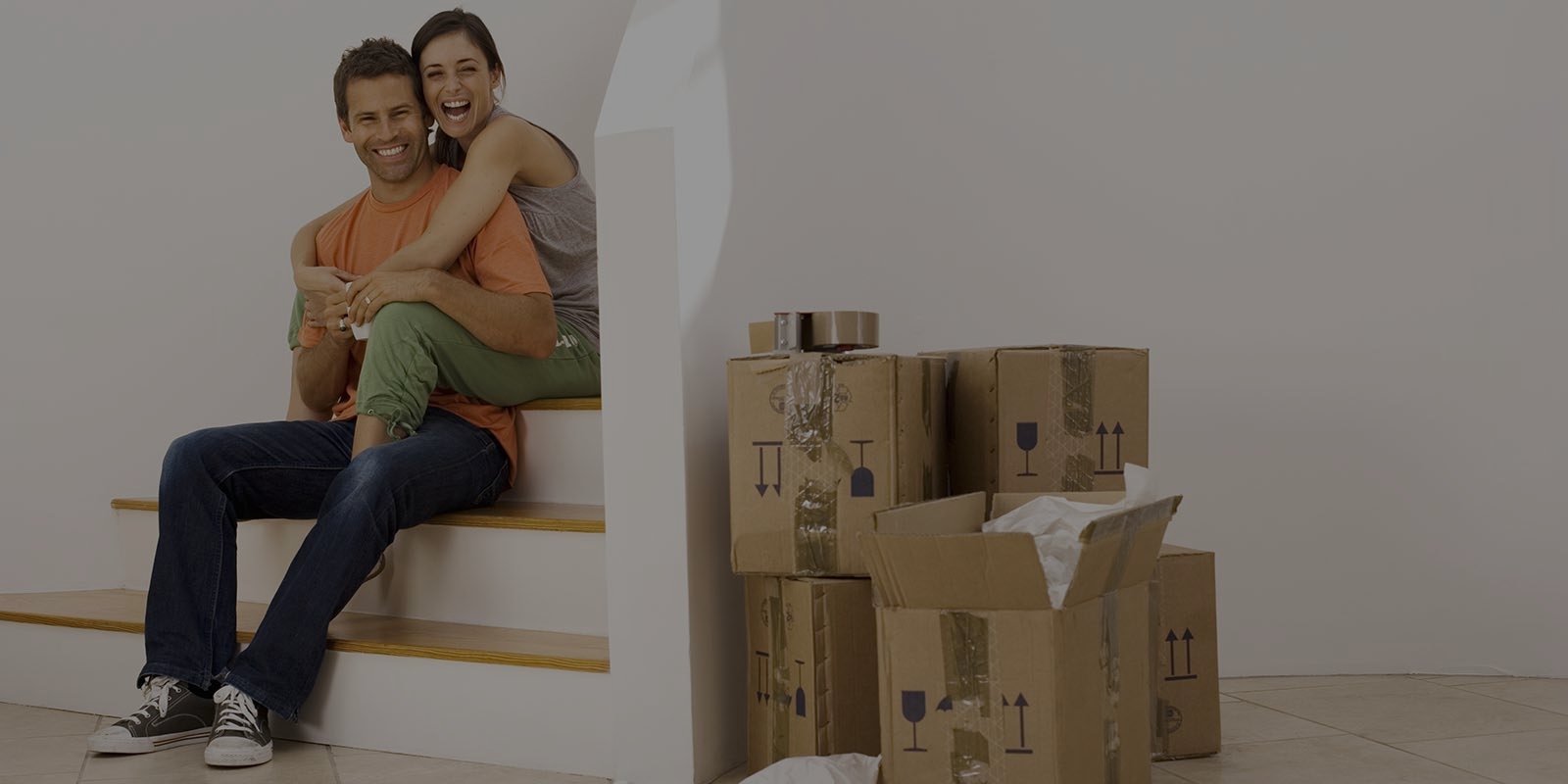Proven Packing Methods for a Hassle-Free Move
Posted on 26/05/2025
Proven Packing Methods for a Hassle-Free Move
Relocating to a new home can be stressful and overwhelming, but it doesn't have to be. Efficient and proven packing methods are the cornerstone of a seamless, hassle-free move. Whether you're moving across town, across the country, or just down the block, mastering strategic moving and packing techniques will save you time, money, and frustration. This in-depth guide reveals the most effective, tried-and-true packing strategies to ensure your belongings arrive safely and your move is as smooth as possible.

Why Proper Packing is Crucial for a Stress-Free Relocation
Improper packing is one of the leading causes of damaged items, lost valuables, and unnecessary chaos on moving day. By using the best packing methods for a hassle-free move, you'll:
- Protect your valuables from damage caused by shifting or impact.
- Stay organized and easily locate belongings at your new place.
- Streamline the moving process for both you and your movers.
- Save time during packing, transit, and unpacking.
- Reduce the risk of misplacing or losing items.
Let's explore these expert packing tips step by step, so you can confidently tackle your upcoming move.
Essential Supplies for Efficient Packing
The right supplies make all the difference. Before you start, ensure you have these must-have packing materials ready:
- Strong cardboard boxes in various sizes
- Packing tape (heavy-duty, quality tape for sealing)
- Bubble wrap and foam sheets
- Stretch wrap (for furniture and larger items)
- Packing paper or newspaper
- Permanent markers for labeling
- Labels (color-coded or printed for room identification)
- Scissors and box cutters
- Seal-able bags for small parts and hardware
- Blankets or towels (for extra padding)
Tip: Always opt for high-quality, sturdy boxes rather than recycled or worn-out boxes to prevent accidents.
Step-By-Step Packing Methods for a Hassle-Free Move
1. Start Early and Create a Packing Schedule
One of the most underestimated packing strategies is starting as early as possible. Begin packing at least four weeks before your move. Tackle one room at a time and break the job down into manageable daily tasks. Create a packing calendar to keep track and maintain progress.
2. Declutter Before You Pack
Streamline your move by removing anything you don't need, use, or love. Sort items into keep, donate, sell, and toss categories. Not only will this save time, but it will also cut down on moving costs and reduce the overall burden.
- Host a garage sale or list unused items online to earn some extra cash.
- Donate gently used clothing, kitchenware, or furniture to local charities.
- Properly dispose of items that cannot be sold or donated.
3. Organize and Inventory Your Belongings
Keeping an inventory will make tracking items much easier, and is especially useful for insurance purposes. Use an app, spreadsheet, or notebook to list your packed boxes, their contents, and rooms they belong in.
Tip: Take photos of valuable or fragile items before packing for extra peace of mind.
Best Practices for Packing Different Items
How to Pack Fragile and Breakable Items
- Wrap each item individually with bubble wrap or packing paper. For glasses, cover the inside as well as the outside.
- Use smaller boxes for heavy or fragile objects, and never overpack.
- Place a cushioning layer at the bottom and top of each box.
- Label these boxes as "FRAGILE" on multiple sides.
- Fill any empty spaces in the box with crumpled paper or foam peanuts.
Packing Clothing and Textiles Efficiently
- Leave clothing in dresser drawers and wrap the drawer with stretch wrap.
- Use wardrobe boxes to pack hanging clothes directly from your closet.
- Roll clothes instead of folding to save space and reduce wrinkles.
- Use suitcases and duffel bags for shoes, accessories, or out-of-season garments.
The Smart Way to Pack Books and Documents
- Always use small boxes, as books become heavy fast.
- Pack books flat or with spines down to avoid damage.
- Place important documents in clearly labeled, waterproof containers.
- Scan irreplaceable documents and backup digital copies for extra security.
Tips for Packing Electronics and Appliances
- If possible, pack electronics in their original packaging with all accessories.
- Label cords or take photos of wiring before disconnecting.
- Remove batteries to prevent leaks or damage.
- Wrap screens in microfiber cloths and bubble wrap.
- Securely tape doors and moving parts on small appliances.
Safely Packing Furniture and Large Items
- Disassemble furniture when possible for easier handling.
- Keep hardware in clearly labeled, sealed bags attached to the furniture.
- Wrap surfaces with moving blankets or stretch wrap to protect from scratches or dirt.
- Use furniture sliders to avoid scraping floors during the move.
Organizing Miscellaneous Items
- Group like items together, such as toys, utensils, or tools, to streamline unpacking.
- Use small boxes for heavy or random items to avoid overpacking.
- Label each box with a contents list for easy identification later.
Labeling: The Key to Easy Unpacking
Effective labeling is among the most proven packing methods for a smooth, organized move.
- Clearly mark each box with the room it belongs to and a summary of its contents.
- Consider color-coded labels for different rooms (e.g., red for kitchen, blue for bedroom).
- Mark boxes containing essentials such as toiletries, first aid, or daily kitchen items as "Open First".
- Number your boxes and match to your inventory list for added security.
Loading Your Moving Vehicle Like a Pro
How to Maximize Space & Protect Your Belongings
Once everything is packed, it's time to load the moving truck or van. The way you pack your vehicle is just as important as how you pack your boxes.
- Load heavy items first, such as furniture and large boxes.
- Place lighter boxes and fragile items on top of heavy ones.
- Fill all gaps with soft items like bags of clothing, bedding, or pillows to prevent shifting.
- Use tie-downs or straps to secure large items and prevent movement during transport.
- Keep essentials and valuables in a separate, easily accessible spot.
Bonus Tips for a Smooth, Hassle-Free Move
- Prepare an essentials box or bag for your first night (toiletries, chargers, change of clothes, basic kitchenware).
- Do not pack flammables, perishables, or hazardous chemicals with your household goods.
- Arrange for pet and child care during moving day to avoid distractions and stress.
- Check the weather and plan accordingly--protect items from rain or heat if necessary.
- Leave pathways clear in your old and new home to avoid accidents during the move.

Frequently Asked Questions about Hassle-Free Packing and Moving
How far in advance should I start packing for a move?
Experts recommend starting to pack at least four weeks in advance, especially if you have a large household. Begin with rarely used items and work up to everyday essentials as moving day approaches.
What's the best way to pack efficiently?
The most efficient packing method involves decluttering, grouping similar items, using the right box sizes, padding fragile items, and labeling every box. Staying organized throughout the process is key.
Can I pack everything myself, or should I hire professional packers?
It depends on your budget, schedule, and personal preference. Hiring professionals can save time and reduce risk, but many people successfully pack their belongings themselves using the packing methods outlined above.
How do I protect my valuables during the move?
Use sturdy boxes, lots of cushioning, wrap items individually, and keep valuables (jewelry, important documents, heirlooms) with you personally during the move.
Conclusion: Stress-Free Moves Are Possible with Proven Packing Methods
While every move presents unique challenges, the right packing strategies for a hassle-free move make all the difference. By planning ahead, organizing thoughtfully, and packing smart, you'll save time, minimize stress, and protect your most valued belongings. Whether you're a first-time mover or a seasoned pro, adopting these proven packing techniques guarantees a smoother transition to your new home. Happy moving!
Ready to make your next move the easiest one yet? Implement these packing methods for a stress-free move and experience the difference!







